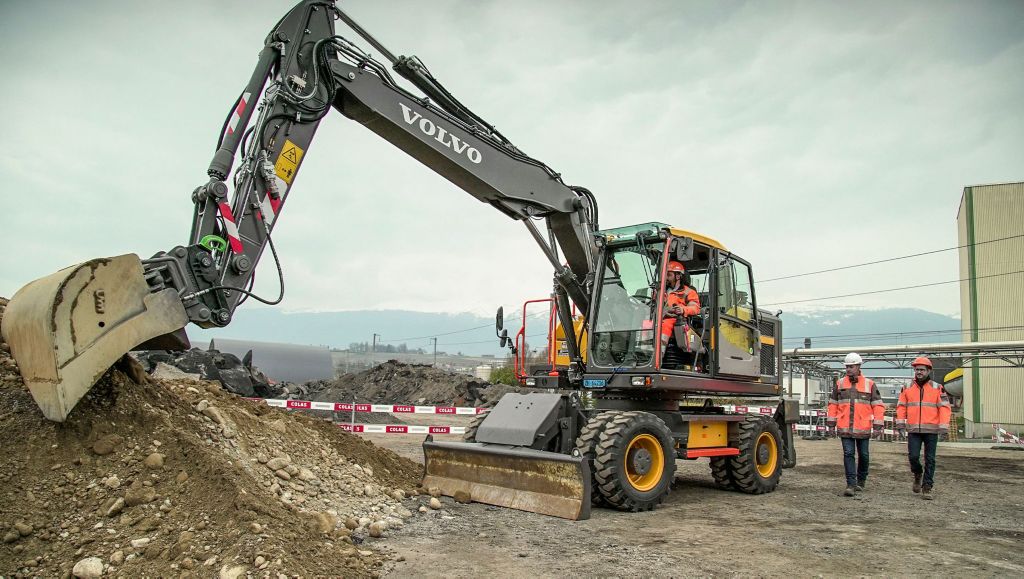Volvo works for better safety at construction sites


Colas, one of the world’s leading road construction companies, wanted help improving work site safety. At the same time, Volvo CE’s engineers were working on developing an AI algorithm system for people detection and needed to test it in real working conditions. Given the long-standing relationship between the two companies, it was only logical that they would work together.
“We wanted to partner with a construction equipment manufacturer and create an innovative safety system that would reduce the number of accidents involving people on construction sites,” says Philippe Simarik, Prevention, Health and Safety Director at Colas. “Given that we share core values, especially safety, Volvo CE was the ideal choice.”
Combines multiple signals
The new system currently under development is designed to monitor a construction machine’s 360-degree surroundings and forewarn the operator of any potential collision with a pedestrian or another vehicle. What makes it unique is that it combines multiple signals, including a heat map, audible warnings and vibrations, to ensure the operator is made well aware of any obstructions in the vicinity of the machine. To help with orientation, both the audible and vibrating warnings are directional and are triggered on whichever side of the machine the obstruction has been detected. This includes visual and audible alarms on the back of the machine – a particularly dangerous blind spot – which are triggered by the presence of a human. To date, the system has undergone multiple rounds of testing at a Colas asphalt plant and quarry in Switzerland.
Positive results
“A lot of testing and refining is needed for a system like this, as it requires so much data to train the AI algorithms,” explains Dr. Fares Beainy, Advanced Engineering & Core Technologies, Volvo CE. “But, with every round of testing, we’re seeing positive results and making small improvements and right now the performance is at a level that makes it a useable solution for our customers.”
The system can also potentially be used for a broad range of machines and, by extension, in a wide variety of different applications and environments.
“There is definitely a need for a system like this, since we get so many requests from our customers,” says Dr. Fares Beainy. “A lot of construction machines are used in urban set-ups, around buildings and roads with a lot of people and vehicles. In these environments in particular, being able to detect people would definitely reduce a lot of potential accidents.”